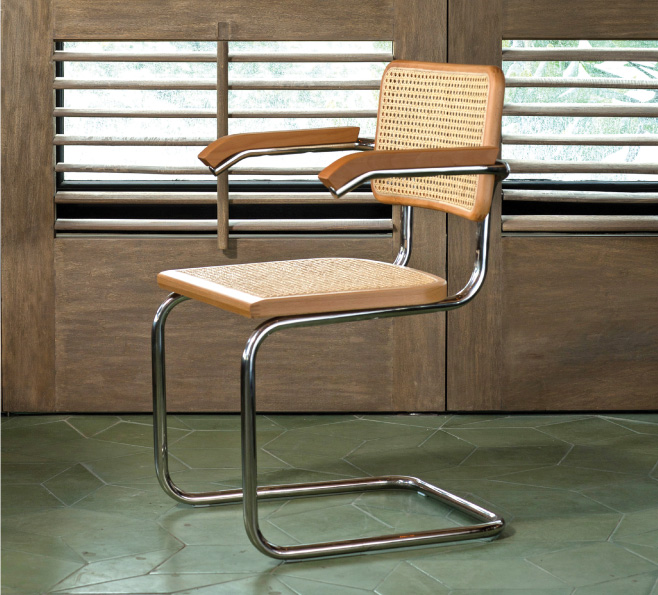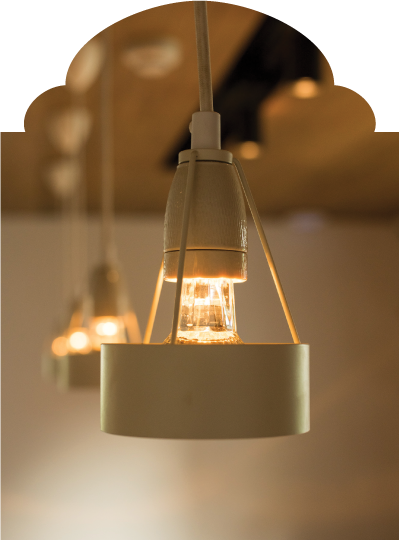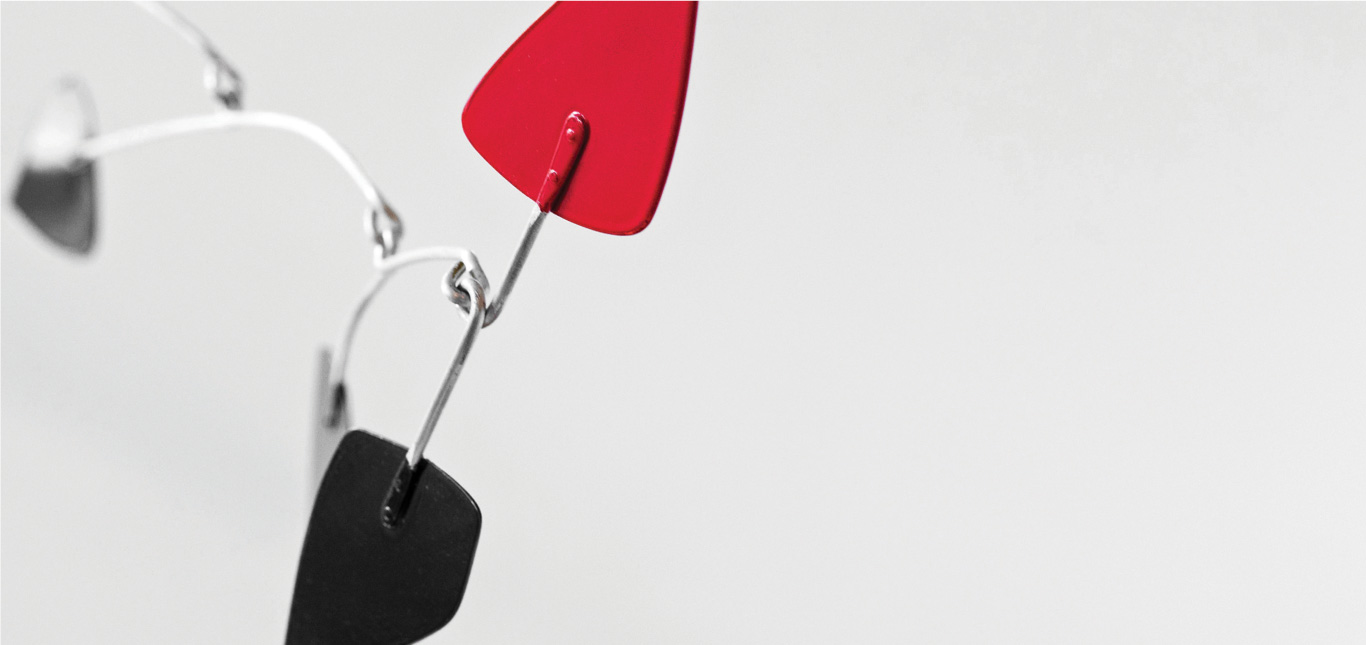Old Saigon is our foundation. The complexity, colour and richness of this city is infectious. We are confident that the new L’Usine oozes historical influences. Possessed by these references, we created this new space. The mysteries inside our favourite old buildings, small yards, and in the beautifully crafted letter-forms may never be revealed, but we hope this spirit is apparent in our modern, stripped-back interpretation.
The New Saigon
Journal No. 01
Our first journal is an exciting opportunity to explain our vision. We see Saigon as a culturally rich city that the world does not quite know fully. This historically cosmopolitan city has inspired us with its mix of influences, old and new.
L’Usine now frames this view of
Saigon life through international design classics, local master crafts and hybrid products.

Entry No. 01
The Old Saigon

Entry No. 02
Breuer Chair
Marcel Breuer, a Hungarian-born architect, is one of the most important modernists in design and architecture, and an original member of the Bauhaus movement in Berlin. His furniture creations have changed every aspect of daily life, and many of them still remain influential and popular today.
This is an iconic “Breuer chair”, which has a one-piece seamless-moulded metal frame inspired by bicycle handle bars. To complement the industrial quality of the structural frame, Breuer adorned the chair with a beautifully woven wicker seat and backrest.
The chairs can be seen on the fourth floor Eatery at L’Usine Le Thanh Ton.

Entry No. 03
Under Water Wood
The wood we have used is of particular interest. Indeed, all the large wood slabs throughout the building were actually reclaimed from underwater sources in Central America. Natives harvested the trees working with scuba divers using hydraulic saws running on vegetable oil. They cut the standing trees at the bottom of the lake, then take them to shore where they are sliced into slabs and air-dried, exposing signature characteristics.
These ethically harvested slabs can
be seen at the main counter on the ground floor, the bar counters on the third floor, and the large communal table on the second floor.
The large communal table is inspired by the work of George Nakashima, a Japanese-American designer, who perfected and subsequently reinvented his native land’s joinery techniques, initally made popular in the ‘30s.
This white mahogany table is an homage to Nakashima’s signature woodworking design element: one solid large-scale slab combined with the elegant butterfly joints.

Entry No. 04
Pakhus Light
Eric Mollers Tegnestue was one of Denmark’s most prolific industrial architects. In 1984, he designed the minimalist warehouse pendants for the Royal Danish Ministry of Foreign Affairs in Copenhagen. This piece soon became one of his most successful creations, and also an instant classic, epitomizing the minimalistic lighting technology of his time.
Due to its extreme simplicity and practicality, especially in small spaces, the Parkhus Warehouse lights have been a favourite among designers and architects. There are no unnecessary details. The light is timeless in its design. Moreover, with a primary focus on point-shaped light sources, the pendant delivers a room full of light without the glare of the bulb.
These pendants are above our bar on the third floor of L’Usine Le Thanh Ton.

Entry No. 05
Calder Mobile
Before Alexander Calder was known as a kinetic sculptor in ‘30s, he trained as an engineer, which resulted in mechanical and fluid work. In the late 30s, Calder abandoned his machines and began working with wind-driven mobiles, an art form he is credited with creating. “Passive, rather than active—not at all mechanical—random rather than directed in its motion.” It was the antithesis of the technical advances seen in the early twentieth century.
Inspired by the quintessential abstract moving sculptures of the Alexander Calder, Marco Mahler, a kinetic artist exclusively designed and produced
this mobile for the new L’Usine. Beware, as this mobile moves in an unexpected orbit, and the piece is truly contemplative.

Entry No. 06
Noguchi Lantern
Born in Los Angeles and raised in Japan, Noguchi is a Japanese-American artist who blended elements of Japanese design into Western modernism. He is well known for landscaping and sculptural work, most notably his seemingly weightless paper sculptures known as “Akari”, literally meaning “light as illumination”. The lights are made in Japan using the traditional craft of Japanese Gifu lanterns. The “washi” paper is made from the inner bark of the mulberry tree, cut into wide strips, and glued onto a framework of bamboo and wood moulds. Once the glue is dried, the mould is removed leaving a resilient, collapsible paper form attached to bamboo ribbing.
Seen hanging in our grand staircase,
the largest of the Akari lanterns reflects the naturally-lit oculus in
the ceiling above.